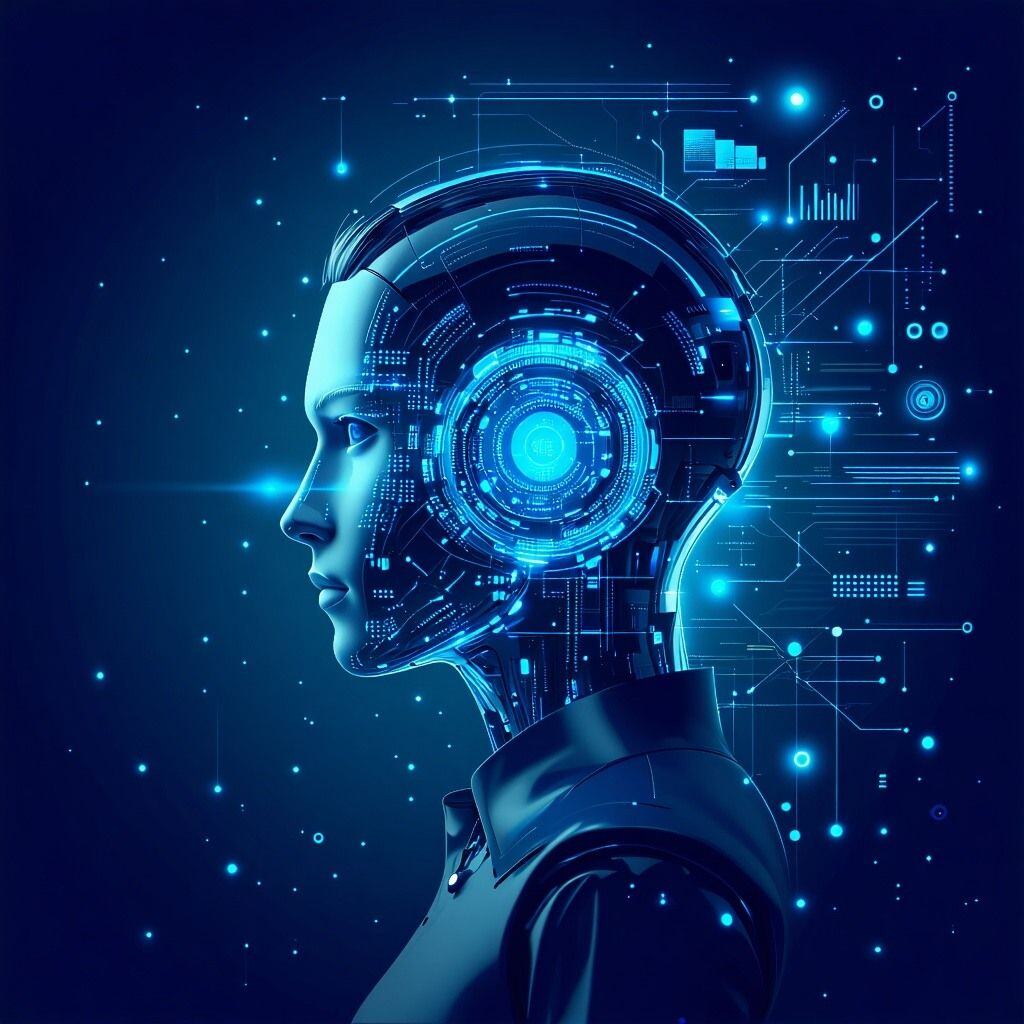A glossary of common terms in Conversational AI:
This is for those who are tech savvy and understand some AI Jargon. If not please read our easy to read glossary.
A
-
Agentic AI – AI capable of autonomous goal-setting, planning, and tool use to accomplish complex tasks.
-
API (Application Programming Interface) – A way for software to communicate; used in tool integration and AI-agent actions.
-
ASR (Automatic Speech Recognition) – Converts spoken input into text for further NLP processing.
-
Autonomous Agent – A system that independently takes actions toward goals with minimal human intervention.
B
-
Bias – Unintended unfairness or skew in model outputs, often inherited from training data.
-
Bot – Short for chatbot or voicebot; an automated agent that engages with users through conversation.
-
BM25 – A ranking function used in keyword-based document retrieval (common in RAG systems).
C
-
Chatbot – A conversational system that interacts with users through pre-defined or AI-generated text responses.
-
Chunking – Splitting large documents into smaller parts for indexing and retrieval.
-
Conversational AI – Technologies that enable natural, human-like dialogue between machines and users.
-
Context Window – The span of tokens (words or symbols) an LLM can consider at once.
D
-
Dialogue Management – The logic and structure that controls the flow of conversation in a conversational AI system.
-
Domain-Specific – Refers to AI systems trained for particular industries or topics (e.g., medical, legal).
E
-
Embedding – A dense numerical representation of text used to measure semantic similarity in RAG systems.
-
Entity Recognition (NER) – Identifying key information (names, dates, locations) from text.
-
Episodic Memory (in agents) – Memory of specific interactions, helping agents maintain context over time.
F
-
Few-shot Learning – Using a small number of examples to teach an LLM how to perform a task.
-
Fine-tuning – Training a pre-trained model on specific data to adapt it for a new domain or task.
-
Feedback Loop – A system of learning and adaptation where AI behavior is improved through input from users or outcomes.
G
-
Goal-Oriented Agent – AI designed to reach specific outcomes through planning and task execution.
-
Grounding – Linking AI responses to verified external data to increase accuracy (critical in RAG).
H
-
Hallucination – When an AI generates inaccurate or fabricated information not grounded in reality.
-
Hybrid Search – Combines semantic vector search with keyword-based techniques for better retrieval.
I
-
Intent Recognition – Determining the user’s goal or desired action from their input.
-
Inference – The act of generating an output (e.g., a response or prediction) using a trained model.
J
-
JSON (JavaScript Object Notation) – A common format for structuring data in APIs, often used by agents to interact with tools.
K
-
Knowledge Base – A structured or semi-structured repository of information that AI systems use for RAG.
-
Knowledge Grounding – The process of ensuring AI outputs are informed by trusted sources.
L
-
LLM (Large Language Model) – A type of AI model trained on massive datasets to understand and generate language.
-
LangChain – A framework for developing applications powered by LLMs, useful for building RAG and agent workflows.
M
-
Memory (Agent Memory) – Mechanisms for storing and recalling past interactions or knowledge.
-
Multimodal AI – AI capable of understanding and generating across text, speech, image, or video modalities.
N
-
Natural Language Processing (NLP) – A field of AI focused on understanding, interpreting, and generating human language.
-
NLG (Natural Language Generation) – The process of producing human-like language as output.
-
NLU (Natural Language Understanding) – The process of interpreting user input in natural language.
O
-
Open-Domain Chatbot – A chatbot capable of handling unrestricted conversations across many topics.
-
Ontology – A structured framework of knowledge used to support reasoning or organization in AI systems.
P
-
Prompt Engineering – Crafting input prompts to guide LLM behavior effectively.
-
Planning (in Agentic AI) – Creating a sequence of actions to achieve a defined goal.
-
Post-Retrieval Reranking – Improving result quality by re-evaluating retrieved documents based on relevance.
Q
-
Query Expansion – Adding related terms to improve retrieval results in search and RAG pipelines.
R
-
RAG (Retrieval-Augmented Generation) – A hybrid approach combining external document retrieval with LLM-based generation.
-
Retriever – The component in RAG that fetches relevant documents based on a user query.
-
Reinforcement Learning (RLHF) – Training a model using feedback on its outputs to improve performance.
-
Reflection (in agents) – The ability of agents to analyze their own behavior and improve future performance.
S
-
Semantic Search – Search based on meaning or context rather than exact keywords, powered by embeddings.
-
Slot Filling – Collecting necessary pieces of information in dialogue to complete a task (e.g., name, date, location).
-
Speech Synthesis (TTS) – Converting text into spoken audio.
T
-
Task Decomposition – Breaking down a large goal into smaller subtasks, critical for agent execution.
-
Tool Use (in Agentic AI) – The ability of an agent to call APIs, run code, or use databases to accomplish tasks.
-
Transformer – The neural network architecture underlying most modern LLMs.
U
-
Utterance – A single input from a user in a conversation (spoken or written).
-
User Simulation – Artificially generating user input for training or testing dialogue systems.
V
-
Vector Database – A specialized database for storing and querying embeddings, essential for RAG systems.
-
Voicebot – A conversational AI system that operates via speech rather than text.
W
-
Workflow Automation (Agentic AI) – Using autonomous agents to complete multi-step tasks or business processes.
X
-
Explainability (XAI) – Techniques to make AI decisions understandable to humans, crucial in regulated industries.
Y
-
Yield Optimization (Conversational) – Improving the conversion or effectiveness of AI-led conversations (e.g., in sales).
Z
- Zero-shot Learning – Performing a task without specific prior examples, relying on general knowledge from pre-training.



